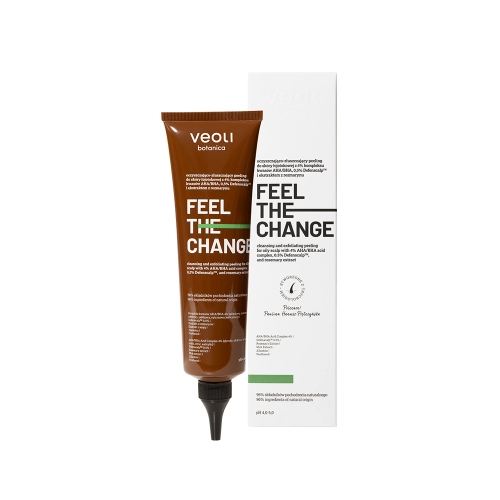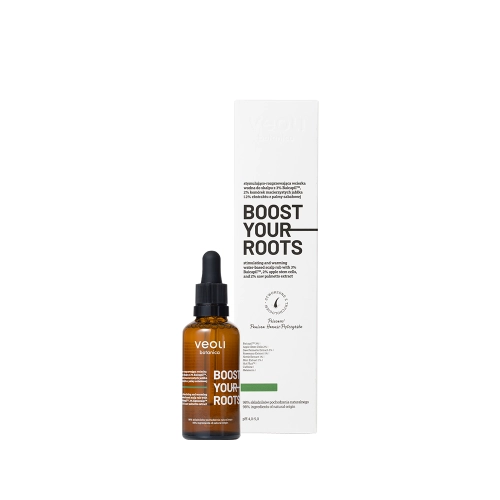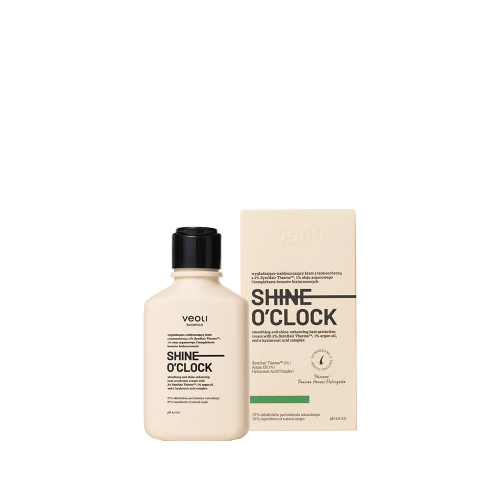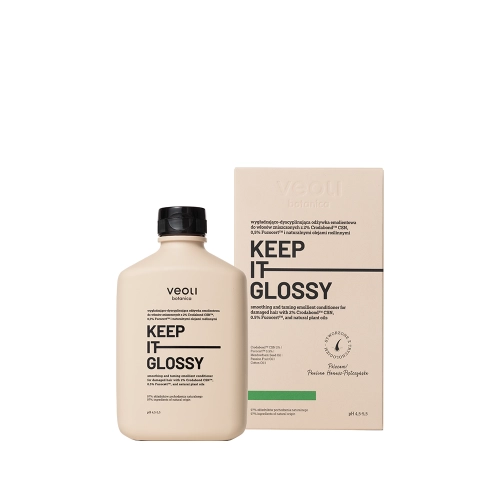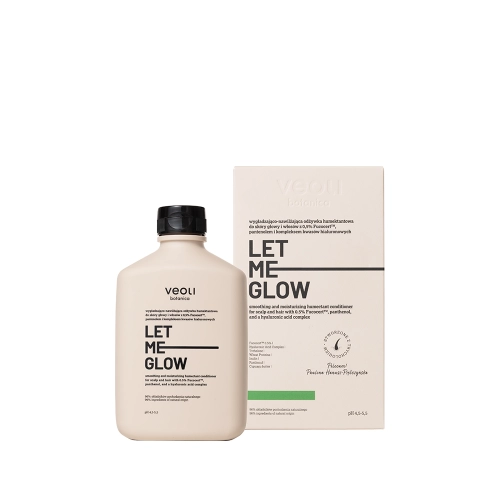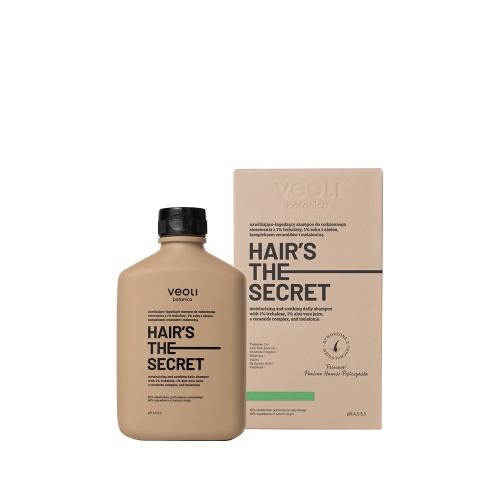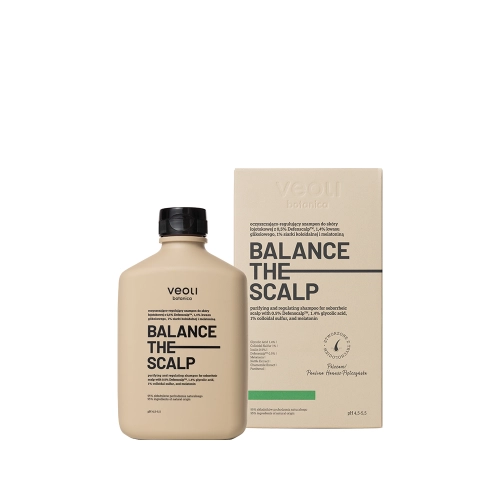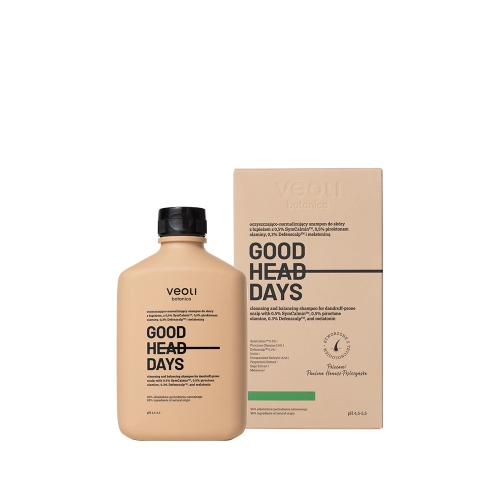Which acid to choose for dry and sensitive skin? Find out the expert's answer
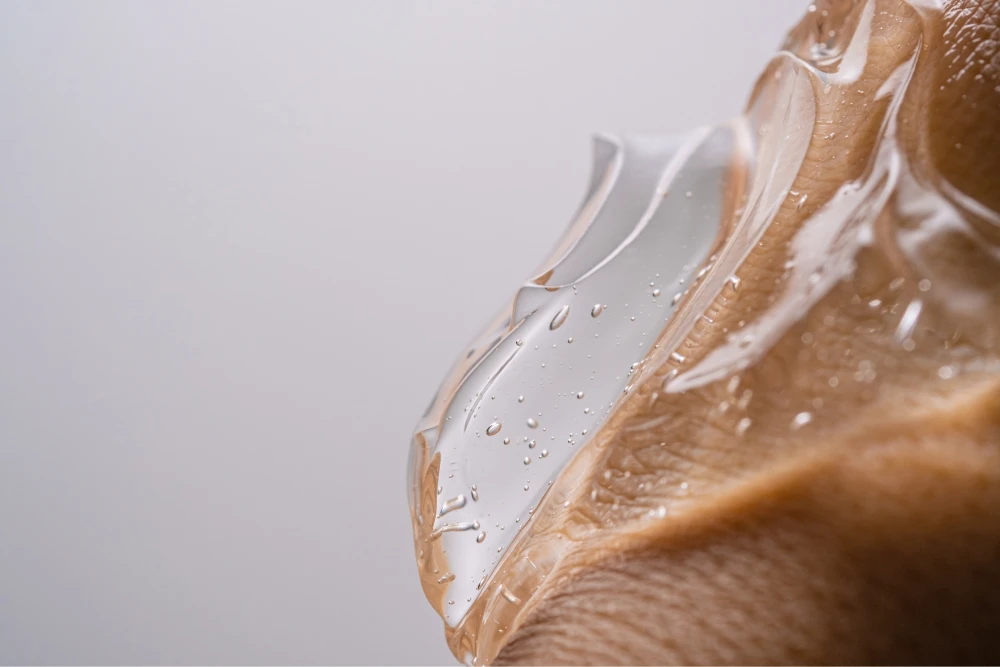
You can read this text in 7 minutes.
The acid season will soon be in full swing. Wondering how to choose the best among so many options? What acid to choose for dry or dehydrated skin to minimize potential side effects and enjoy flawless skin without dry skin, irritation and imperfections? Find out the expert's answer.
Which acid will be right for your skin?
If you're just beginning your adventure with acids and you're not quite sure what your skin's reaction to chemical peels will be - give up high concentrations of acids with very low pH (the concentration alone does not determine the final potency of the preparation, the lower the pH value, the stronger its effect).
It is worth betting on acids with larger molecules and low irritant potential, so choosing blends based on 20% glycolic acid - which has the smallest molecule among AHA acids - is not the best option. The very small particle size and high irritant potential of the product may discourage you from using this form of exfoliation.
If you have sensitive, thin, vascular skin - be careful also when using salicylic acid (BHA). Although it is an excellent product for oily, combination and impure skins - it can aggravate congestion and slightly irritate the skin.
Dry and dehydrated skin comes to the aid of lactic acid! It belongs to the group of alpha-hydroxy acids (AHA) of natural origin. It is obtained by fermenting sugars with lactic bacteria. Surely you know its benefits in pickles, yogurts, or kefir. However, it is not indifferent to our skin!
Lactic acid has a relatively small molecule, which gives it good penetration, and at the same time the molecule is larger than glycolic acid or pyruvic acid, which gives much more control over exfoliation, and thus does not cause possible irritation. This is an important aspect for dry, sensitive, mature skins, which tend to be thin, reactive and can react badly to overly aggressive preparations. Lactic acid will loosen the intercellular connections of dead skin, facilitating its removal from the skin's surface, and thus..
- reduces minor imperfections,
- smoothes the skin texture,
- stimulates renewal processes - tightening the skin, evening out skin tone and reducing fine wrinkles.
Lactic acid exfoliates in a gentle and effective way, which is important for sensitive, dry, dehydrated and mature skins.
After using it, you won't experience the visible flaky skin exfoliation characteristic of stronger products. It works steadily, and after the first few uses, the skin becomes visibly smoother. Getting rid of excess dead skin also helps in the absorption of active and moisturizing ingredients. When you remove the layer inhibiting absorption from the surface of the skin - care immediately begins to produce better results. It's not over!
What are the benefits of lactic acid?
Lactic acid is one of the constituents of the NMF (NMF). Natural Moisturising Factor), a mixture of water-soluble moisturizing substances present in the most superficial, stratum corneum, which are responsible for maintaining an adequate level of hydration.
It has strong water binding properties in the top layers of the epidermis, while stimulating the production of ceramides and glycosaminoglycans, rebuilding the skin's natural protective barrier and ensures long-term hydration of the deeper layers of the epidermis. Improving the function of the lipid barrier contributes to the retention of water in the skin - thus preventing water loss, ensuring adequate hydration.
Lactic acid provides hydration that lasts - not only until the product is washed off the skin. It is an indispensable resource in those seasons when the skin is exposed to extreme temperatures (heating or air conditioning). Used as directed, it will work well for people who have problems with the hydrolipid barrier.
In moisturizing and brightening gel face scrub with lactic acid 10%, tranexamic acid 2.5% and ectoin 1% GLASS SKIN POWER PEEL 10% lactic acid maintains strong moisturizing properties, while lowering pH results in gentle exfoliation. This combination guarantees effective action - simultaneously removes dead skin cells, deeply moisturizes and stimulates the skin to produce glycosaminoglycans and ceramides.
With its spectrum of action - gentle exfoliation and deep moisturization - lactic acid is a veritable slayer of dry cuticles, faced by dry, dehydrated and often mature skins.
However, the action of this acid is not reserved exclusively for these skin types. It can also be enjoyed by combination and oily skins, with a tendency to clogging, or the formation of minor imperfections. This alpha-hydroxy acid shows antibacterial activity and improves the process of skin keratinization - at the same time, the reduced pH does not promote the growth of bacteria that contribute to the formation of pimples.
Also not to be overlooked is the exceptional action on skins with signs of aging.
At the same time, lactic acid can be recognized by the shallowing of superficial fine wrinkles and furrows. What's more, it has the effect of stimulating collagen production, thereby improving skin elasticity and firmness. It perfectly deals with wrinkles from dehydration, which it instantly fills and tightens.
From the use of peels based on lactic acid will also not be excluded newly mothers, breastfeeding and those who are just expecting the birth of a toddler. In concentrations up to 10% it is safe - its effect is superficial, so it does not penetrate the bloodstream or breast milk.
Effects of moisturizing and brightening gel face scrub with lactic acid 10%, tranexamic acid 2.5% and ectoin 1% GLASS SKIN POWER PEEL
- NATURALLY: moisturizing, brightening, smoothing, healthy tightened skin
- wEEK 2: increase skin hydration, reduce minor redness
- 4 WEEKS: permanently improved hydration level, reduction of fine wrinkles, even skin texture
The most important active ingredients
Lactic acid 10% - small-molecule acid from the AHA group. Gently exfoliates the top layers of dead skin, thus effectively smoothing the skin texture and increasing the effectiveness of other cosmetic preparations, making it easier for them to penetrate the epidermis. Stimulates the production of ceramides and glycosaminoglycans in the skin, promoting the restoration of the skin's natural protective barrier.
Tranexamic acid 2.5% - innovative ingredient that reduces the activity of tyrosinase involved in the process of hyperpigmentation formation. The result is a healthy-looking, rested complexion.
Ectoin 1% - multifunctional ingredient with moisturizing effect. Effectively increases skin hydration, reduces irritation and redness, supports anti-aging processes.
Trehalose - Naturally occurring saccharide, shows moisturizing and anti-aging properties.
Panthenol - Pro-vitamin B5, supports the regeneration of the epidermis, soothes irritation. Has a soothing and calming effect on the skin.
What distinguishes GLASS SKIN POWER PEEL?
- Combination of 10% lactic acid with 2.5% concentration of tranexamic acid and 1% ectoin.
- Optimal concentration of lactic acid allows for a high level of hydration, and thanks to its reduced pH, it has an exfoliating effect.
- Deep hydration that lasts beyond the next wash.
- Gentle exfoliation makes it a real slayer of dry skins.
- Banquet brightening, evening out skin tone, brightening discoloration, reducing redness and reducing minor imperfections.
Tips from the expert
To minimize potential side effects while maximizing the moisturizing effects of lactic acid, follow a few tips.
- Cleanse your skin in two steps with makeup remover oil with emulsifier. Have you checked out our Makeup remover oil and SPF SQUEEZE AN ORANGE on a personal level? Focus on contaminated areas and those that are particularly difficult to clean (lobes and the back of the nose, hairline, chin) - after all, you don't want the acid contained in the product to lose in the clash with under-cleaned makeup.
- Then use your favorite gel or emulsion. Dry the skin thoroughly, such as with a paper towel, or wait a while for moisture to evaporate from your skin. Water residues can disrupt the action of the acid.
- Hold the acid for the time indicated by the manufacturer on the package, then wash the product off thoroughly, paying special attention to areas that may be more difficult to clean, just as you would when removing makeup.
- Apply your favorite moisturizers. The ideal care after peeling, will be products with ceramides, hyaluronic acid or a rich, occlusive cream. Do not use products containing retinoids or other acids that evening.
- Remember to apply sunscreen daily - minimum SPF 30. The acid is year-round with sun protection and can also be used in the summer.
Substantive editing: Zuzanna Panuszewska
Cosmetologist
Expert on. care
consultations@veolibotanica.en

